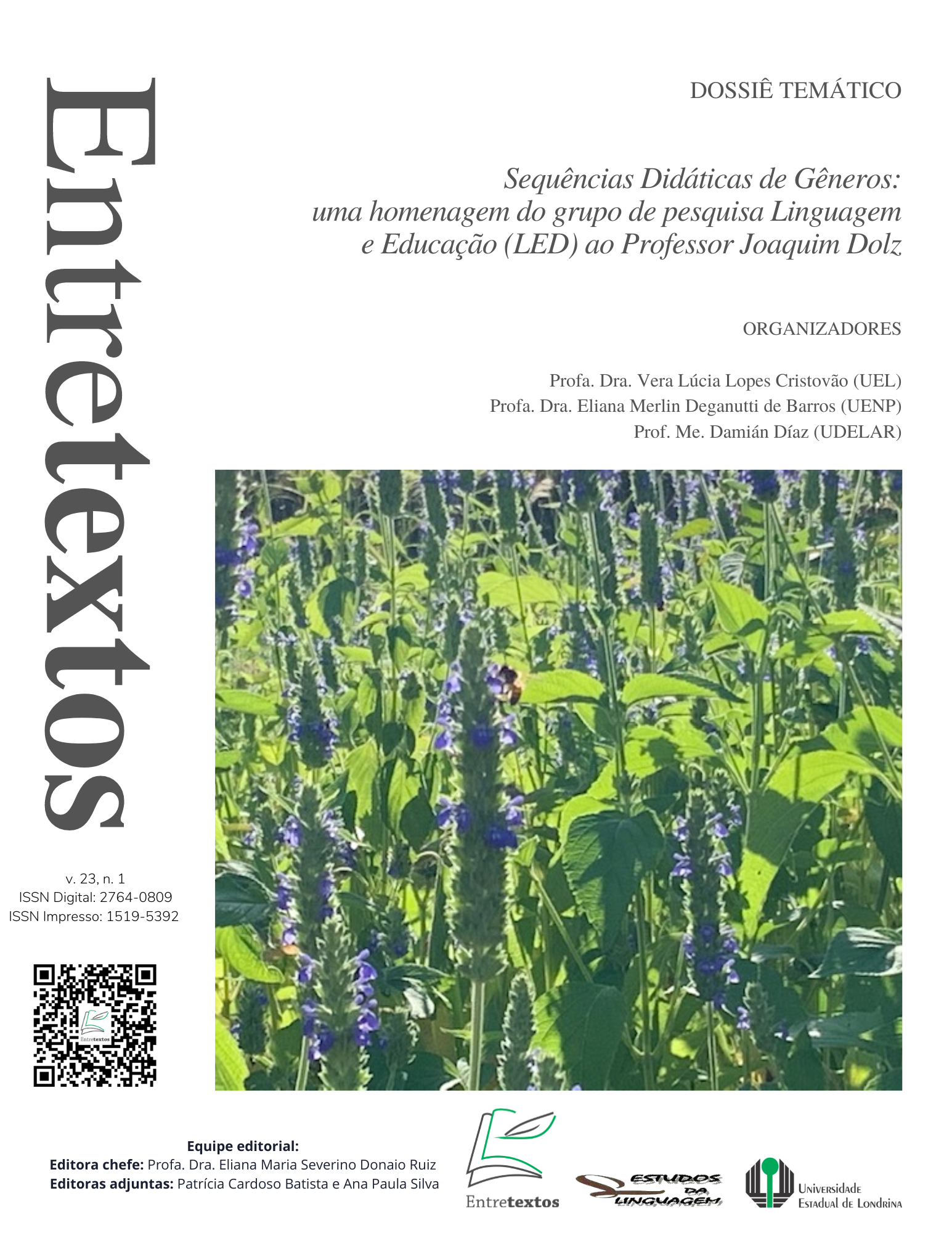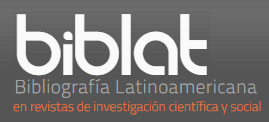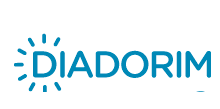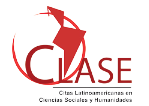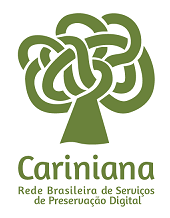Práctica del análisis lingüístico y construcción de cuentos populares
DOI:
https://doi.org/10.5433/1519-5392.2023v23n1Espp34-53Palabras clave:
Ensino de gramática, Prática de análise linguística, Sequência didáticaResumen
La enseñanza de gramática aún parece constituirse como una piedra en el camino de las clases de lengua portuguesa. Siendo así, reflexiones sobre posibilidades de tratamiento para el conjunto de reglas que especifican el funcionamiento lingüístico se hacen apremiantes. Delante de este cuadro, objetivamos, con este artículo, presentar actividades de análisis lingüístico (GERALDI, 1984, 2013[1991]) porque entendemos que, en el interior de estas, el trabajo con la gramática en perspectiva contextualizada se puede evidenciar. Las actividades hacen parte de una secuencia didáctica (SD) sobre el género cuento popular dirigida al 6º año de la Enseñanza Fundamental, desarrollada, con base en Dolz, Noverraz e Schneuwly (2004), en ámbito de Pasantía Curricular Supervisada en Lengua Portuguesa. Orienta a nuestras reflexiones el estudio cualitativo interpretativista a la medida en que el lenguaje es considerado en el contexto del aula. Testificamos que la práctica del análisis lingüístico (PAL) pasa todas las etapas de la SD, mostrándose un diferencial para la eficiencia en la recepción y producción del género. Concluimos que la enseñanza de gramática por medio de esa práctica puede contribuir para la remoción de la piedra que se encuentra en la enseñanza de lengua portuguesa.
Descargas
Citas
ANTUNES, I. Análise de textos: fundamentos e práticas. São Paulo: Parábola Editorial, 2010.
ANTUNES, I. Aula de português: encontro e interação. Parábola Editorial, 2003.
BEZERRA, M. A.; REINALDO, M. A. Análise linguística: afinal, a que se refere? São Paulo: Cortez, 2013.
BRASIL. Base Nacional Comum Curricular (BNCC). Educação é a base. Brasília: MEC/CONSED/UNDIME, 2018. Disponível em: http://basenacionalcomum.mec.gov.br/images/BNCC_EI_EF_110518_versaofinal_site.pdf. Acesso em: 04 jul. 2022.
BRASIL. Parâmetros curriculares nacionais: terceiro e quarto ciclos do ensino fundamental: língua portuguesa/Secretaria de Educação Fundamental. Brasília: MEC/SEF, 1998. Disponível em: http://portal.mec.gov.br/seb/arquivos/pdf/portugues.pdf. Acesso em: 11 jul. 2022.
BRASIL. Parâmetros Curriculares Nacionais: Ensino Médio. 2000. Disponível em: http://portal.mec.gov.br/seb/arquivos/pdf/14_24.pdf. Acesso em: 11 jul. 2022.
BRONCKART, J. P. Atividade de linguagem, textos e discursos: por um interacionismo sócio-discursivo. São Paulo: EDUC, 1999.
COSTA-HÜBES, T. da C. Prática de análise linguística no ensino fundamental e sua relação com os gêneros discursivos. PERcursos Linguísticos, Vitória (ES), v. 7, n. 14, p. 270–294, 2017. Disponível em: https://periodicos.ufes.br/percursos/article/view/15153. Acesso em: 21 set. 2022.
DELMANTO, D. Jornadas.port: língua portuguesa, 6ª ano: ensino fundamental. 3. ed. São Paulo: Saraiva, 2016.
DOLZ, J.; NOVERRAZ, M.; SCHNEUWLY, B. Sequências didáticas para o oral e a escrita: apresentação de um procedimento. In: SCHNEUWLY, B; DOLZ, J. Gêneros orais e escritos na escola. Campinas, SP: Mercado das Letras, p. 81-108, 2004.
GERALDI, J. W. A aula como acontecimento. São Carlos: Pedro & João Editores, 2010.
GERALDI, J. W. [1991]. Portos de passagem. 5. ed. São Paulo: Editora WMF Martins Fontes, 2013.
GERALDI, J. W. Unidades básicas do ensino de português. In: GERALDI, J. W. (org.) O texto na sala de aula: Leitura & produção. 2. ed. Cascavel: Assoeste, p. 59-80, 1984.
MENDONÇA, M. Análise linguística no ensino médio: um novo olhar, um outro objeto. In: BUNZEN, C.; MENDONÇA, M. (org.). Português no ensino médio e formação do professor. São Paulo: Parábola Editorial, 2006, p. 199-226.
RUIZ, E. Como se corrige redação na escola. Campinas, SP: Mercado de Letras, 2001.
SAUTCHUK, I. Prática de morfossintaxe. São Paulo: Manole, 2010.
TRAVAGLIA, L. C. A contribuição da análise linguística para a leitura e produção de textos. InterteXto, Uberaba, v. 12, n. 1, p. 01–29, 2020. DOI: 10.18554/ri.v12i1.4140. Disponível em: https://seer.uftm.edu.br/revistaeletronica/index.php/intertexto/article/view/4140. Acesso em: 22 set. 2022. DOI: https://doi.org/10.18554/ri.v12i1.4140
Descargas
Publicado
Cómo citar
Número
Sección
Licencia
Derechos de autor 2023 Ana Cecilia Teixeira Gonçalves , Rafaela Oppermann Miranda

Esta obra está bajo una licencia internacional Creative Commons Atribución 4.0.
Entretextos adota a Licença Creative Commons Attribution 4.0 International, portanto, os direitos autorais relativos aos artigos publicados são do(s) autor (es).
Sob essa licença é possível: Compartilhar - copiar e redistribuir o material em qualquer suporte ou formato. Adaptar - remixar, transformar, e criar a partir do material, atribuindo o devido crédito e prover um link para a licença e indicar se mudanças foram feitas.

